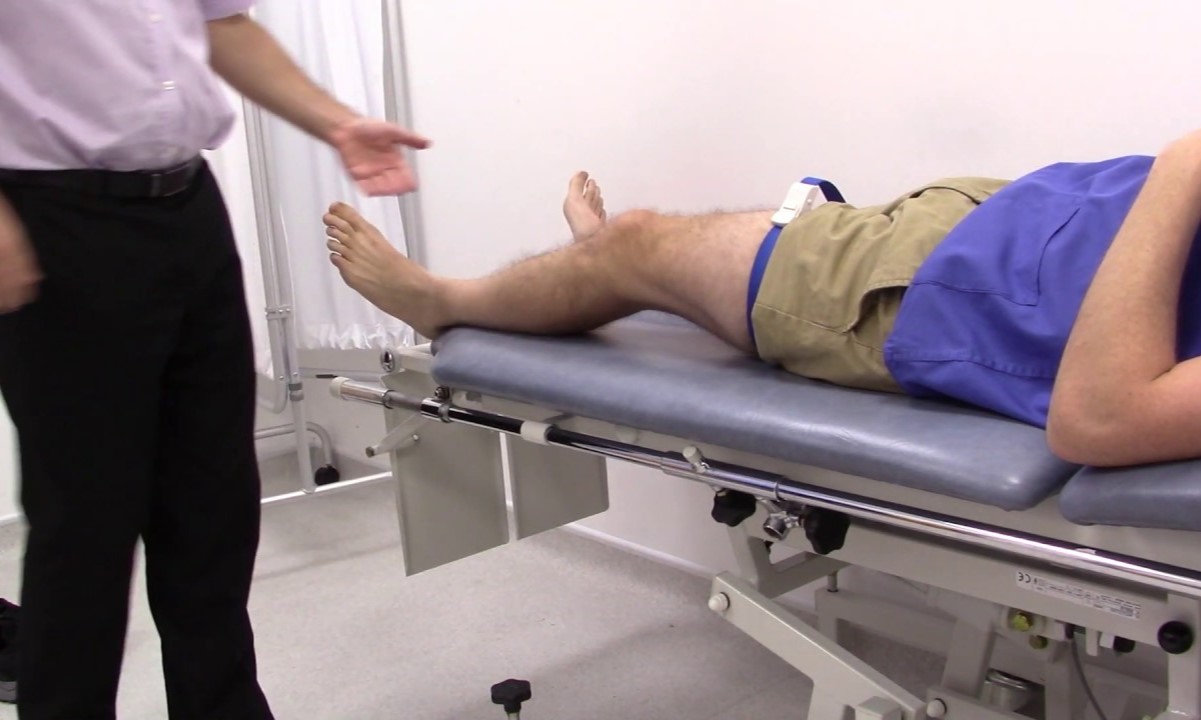
Have you ever wondered how doctors check for vein problems in your legs? The Brodie-Trendelenburg Percussion Test is a simple yet effective method used to detect issues like varicose veins. This test, named after Sir Benjamin Brodie and Friedrich Trendelenburg, involves a few straightforward steps that can reveal a lot about your vascular health. By tapping on specific areas of the leg, doctors can determine if blood is flowing correctly or if there's a blockage. Understanding this test can help you appreciate the importance of vascular health and how medical professionals diagnose related conditions. Ready to learn more? Let's dive into 25 fascinating facts about this essential medical procedure!
Key Takeaways:
- The Brodie-Trendelenburg Percussion Test is a quick and non-invasive way to check for dangerous blood clots in the legs, helping doctors catch and treat them early.
- This test is important for people at risk of blood clots, like those with a history of DVT, prolonged immobility, or certain medical conditions. It's a simple but crucial step in preventing serious complications.
What is the Brodie-Trendelenburg Percussion Test?
The Brodie-Trendelenburg Percussion Test is a clinical procedure used to assess the presence of deep vein thrombosis (DVT) in the legs. This test helps doctors determine if there are blood clots in the veins, which can be life-threatening if not treated promptly.
- Named after two physicians, Sir Benjamin Brodie and Friedrich Trendelenburg, who contributed to its development.
- Primarily used to detect DVT, a condition where blood clots form in deep veins, usually in the legs.
- Involves tapping or percussing the veins to feel for vibrations or thrills, indicating a blockage.
- Often performed alongside other diagnostic tests like Doppler ultrasound for accurate results.
- Non-invasive and can be done in a clinical setting without special equipment.
How is the Test Performed?
Understanding the procedure can help demystify the process and make patients more comfortable during the test.
- The patient lies down with their legs elevated to allow blood to flow back to the heart.
- The examiner taps on the veins in the leg, starting from the foot and moving upwards.
- A stethoscope may be used to listen for any abnormal sounds, known as thrills, which indicate a blockage.
- The test is quick, usually taking only a few minutes to complete.
- No special preparation is needed, making it convenient for both patients and healthcare providers.
Why is the Test Important?
The significance of the Brodie-Trendelenburg Percussion Test lies in its ability to detect potentially life-threatening conditions early.
- Early detection of DVT can prevent complications like pulmonary embolism, where a clot travels to the lungs.
- Helps in the timely administration of anticoagulant medications to dissolve clots.
- Can be a lifesaver for patients with a history of clotting disorders or prolonged immobility.
- Provides a quick and cost-effective method for initial screening before more advanced tests.
- Enhances patient outcomes by facilitating early intervention and treatment.
Who Should Undergo the Test?
Certain individuals are more at risk for DVT and may benefit from undergoing this test.
- Patients with a history of DVT or clotting disorders.
- Individuals who have been immobile for long periods, such as after surgery or during long flights.
- Pregnant women, who are at higher risk for blood clots due to hormonal changes.
- Elderly patients, as the risk of DVT increases with age.
- People with certain medical conditions like cancer or heart disease, which can increase clotting risk.
Limitations and Considerations
While the Brodie-Trendelenburg Percussion Test is useful, it has its limitations and should be considered as part of a comprehensive diagnostic approach.
- Not as accurate as imaging tests like Doppler ultrasound, which provide a visual confirmation of clots.
- May not detect small or early-stage clots, requiring follow-up tests for confirmation.
- Can be uncomfortable for some patients, especially those with sensitive skin or existing leg pain.
- Should be performed by a trained healthcare professional to ensure accuracy and avoid false positives.
- Best used in conjunction with other diagnostic methods for a thorough assessment of DVT risk.
Final Thoughts on the Brodie-Trendelenburg Percussion Test
The Brodie-Trendelenburg Percussion Test is a valuable tool in diagnosing varicose veins and venous insufficiency. By understanding its history, methodology, and significance, healthcare professionals can better assess and treat patients with these conditions. This test, while simple, provides crucial insights into venous health. Remember, early detection and treatment of venous issues can prevent complications and improve quality of life. Whether you're a medical professional or just curious about medical diagnostics, knowing about this test adds to your understanding of vascular health. Stay informed, stay healthy, and always consult with a healthcare provider for any concerns about your veins.
Frequently Asked Questions
Was this page helpful?
Our commitment to delivering trustworthy and engaging content is at the heart of what we do. Each fact on our site is contributed by real users like you, bringing a wealth of diverse insights and information. To ensure the highest standards of accuracy and reliability, our dedicated editors meticulously review each submission. This process guarantees that the facts we share are not only fascinating but also credible. Trust in our commitment to quality and authenticity as you explore and learn with us.
